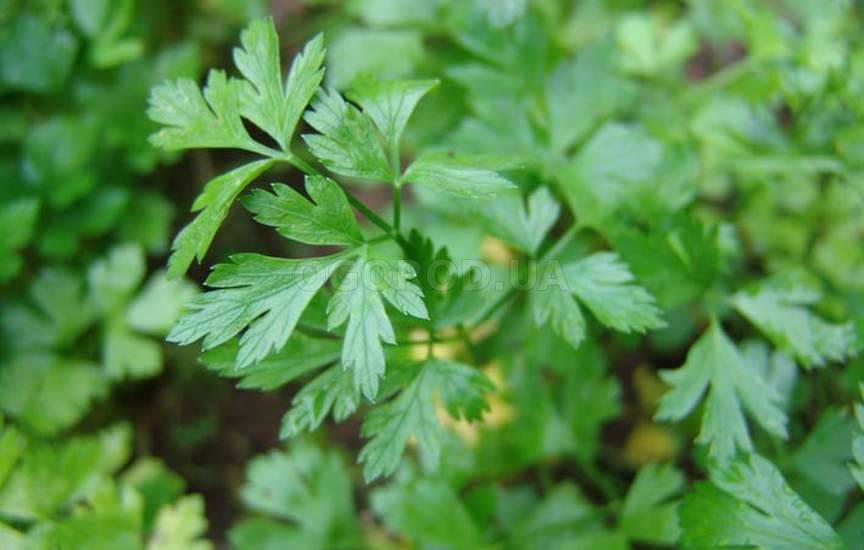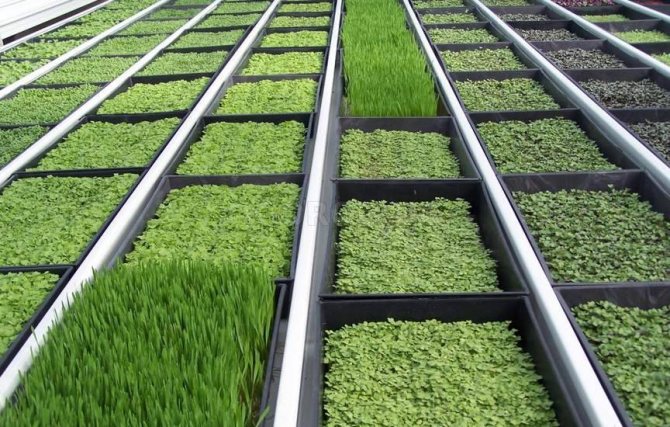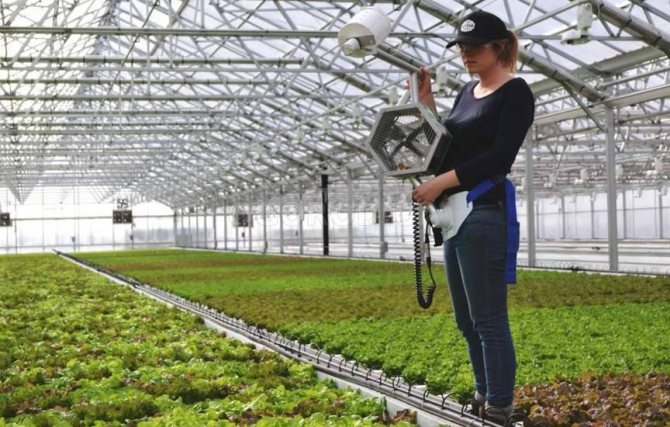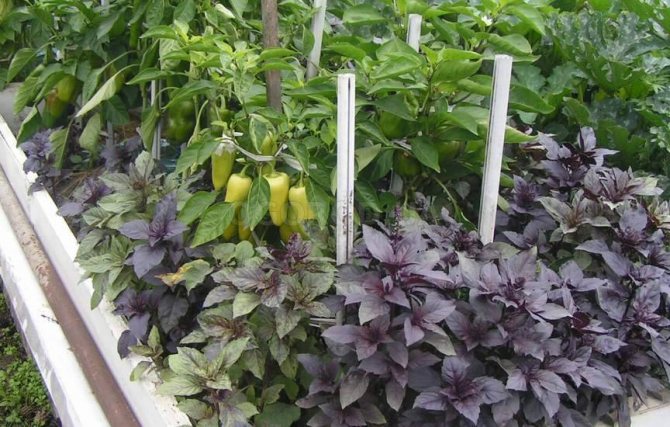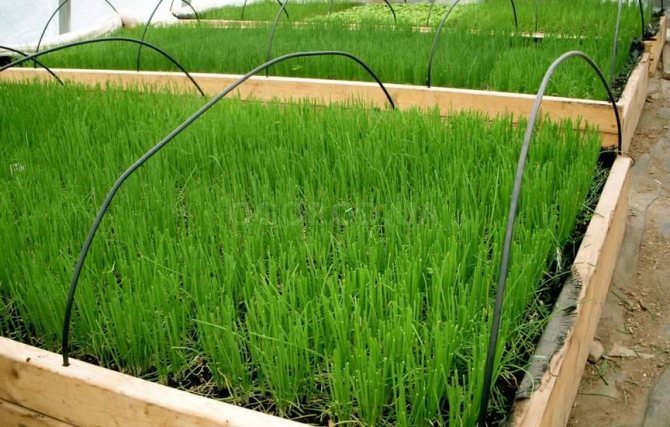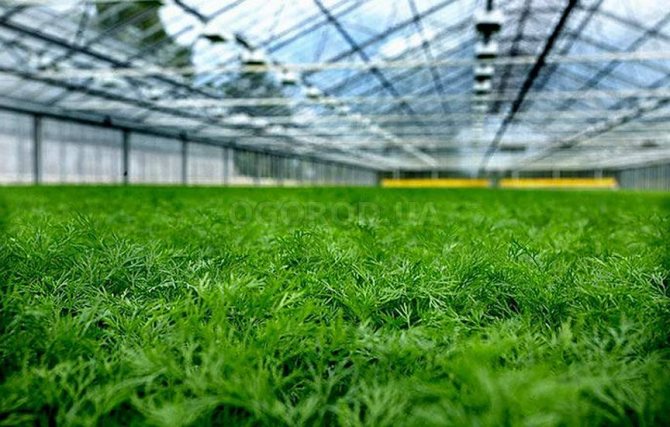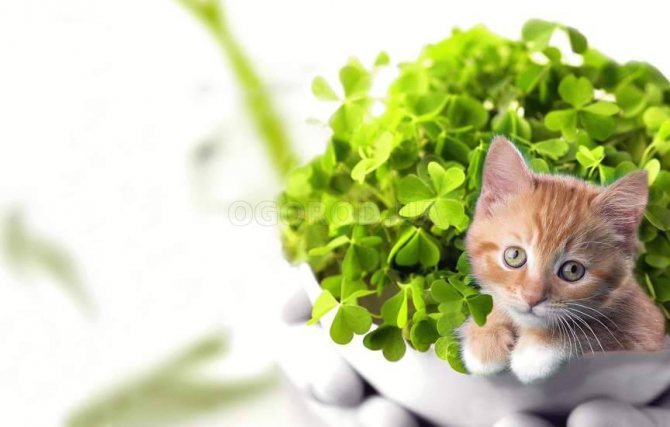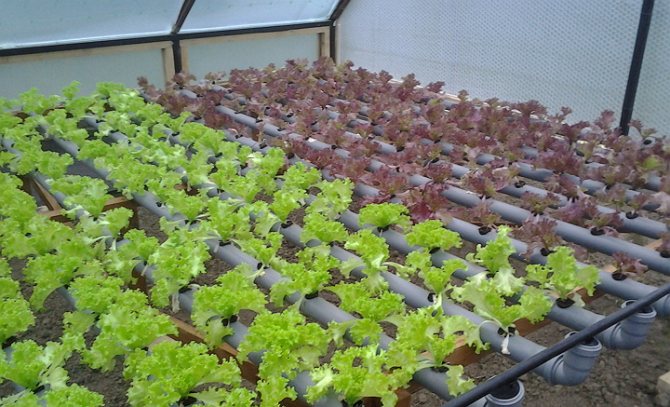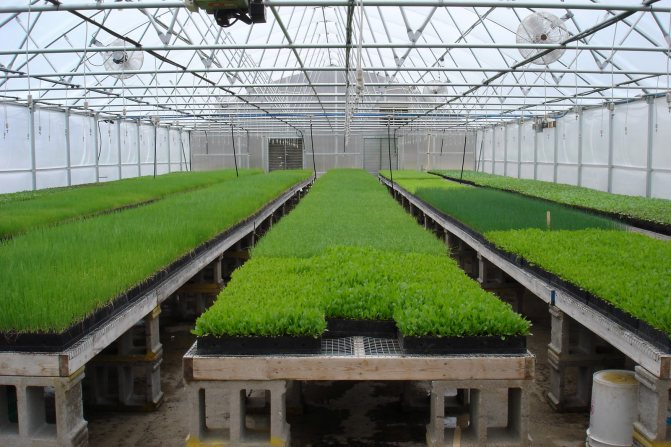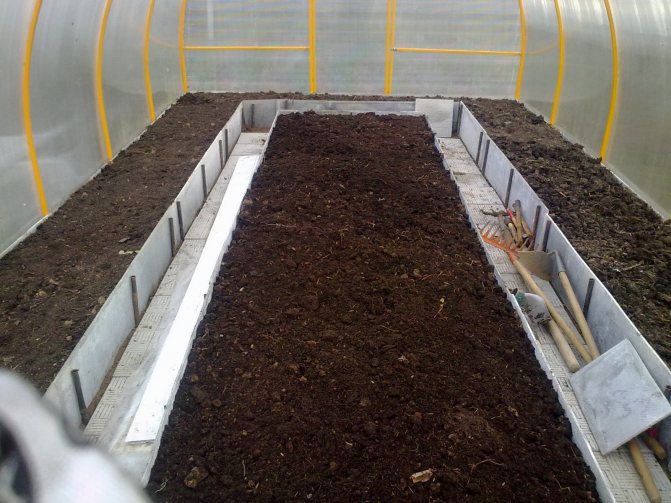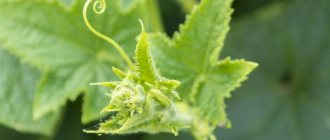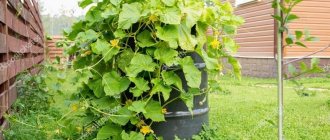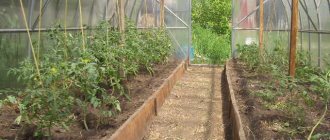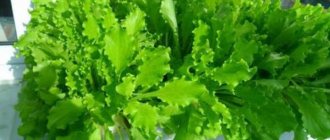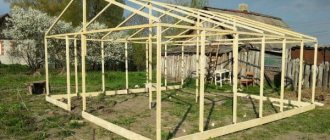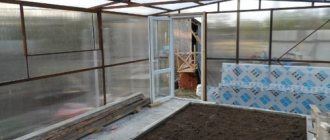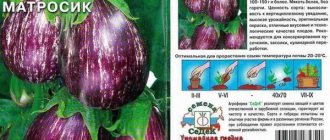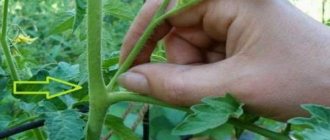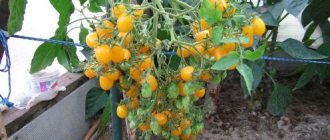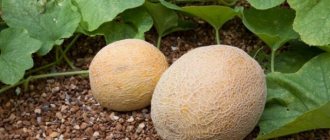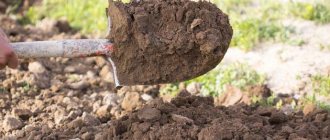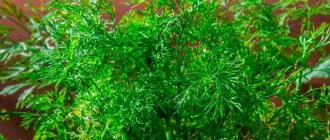The technology of growing greens (as well as radishes, cucumbers, peppers and much more) in the greenhouse excites the minds of many happy owners of these very useful structures that allow you to get an additional harvest in the cold season. This is due to the fact that spicy herbs are in demand all year round, but at the same time they are characterized by simplicity of agricultural technology and active growth of green mass. There are various technologies for growing greens in a greenhouse, which allow not only to constantly supply your table with fresh spicy herbs or a green onion, but also to make good money on this.
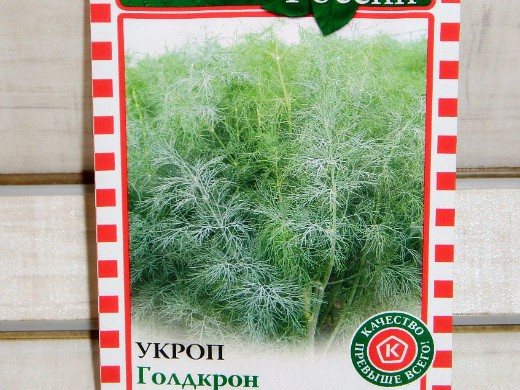
Business plan preparation
Greens are beneficial in that not a single table can do without it. Every good housewife knows that it is greens that give a special taste and aroma to dishes, and even saturate them with vitamins. In addition, you can elegantly decorate any festive dish with greens.
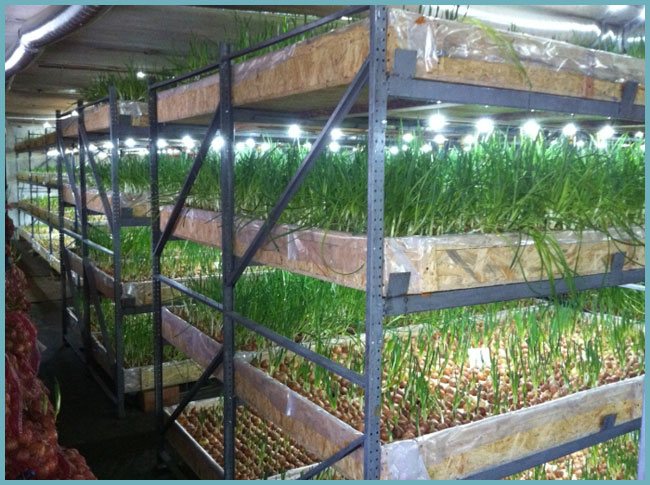

Greens are used in cooking all year round - which is why growing them is a profitable business.
Greens should be in the human diet all year round, it is especially important to use them in winter, when the body is especially lacking in vitamins. Anyone who agrees with the above opinion and adheres to this rule in everyday life is a potential buyer of greenery grown in a greenhouse.
To make sure that growing greenery as a business is very profitable, you first need to draw up a business plan, that is, calculate all the costs required to start your own business and compare them with future income. The beginning businessman is expected to make the following investments:
- Registration of documents for a private entrepreneur, monthly taxes;
- The cost of the land (if necessary to purchase);
- The costs of arranging the greenhouse (the structure itself, heating, ventilation equipment, shelving, boxes, the purchase of the necessary tools, etc.);
- Purchase of seeds, fertilizers;
- Energy costs;
- Transportation and delivery costs of greenery.
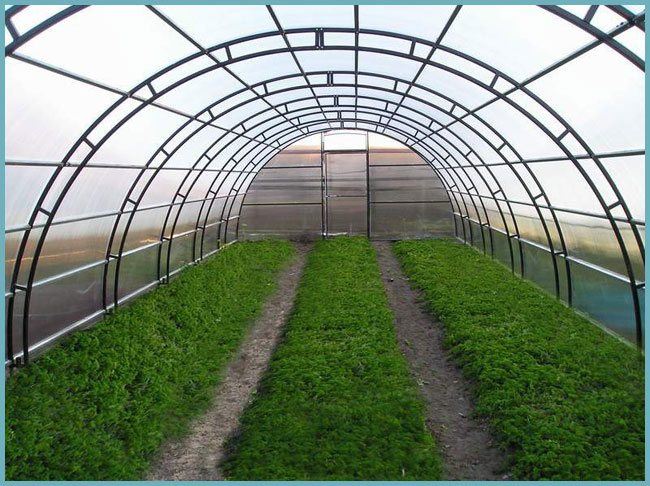

Greenhouse equipped for growing greenery
If it is planned to grow greens in the winter, then the cost of round-the-clock heating is added to the costs, and in the case of using hired workers, their remuneration.
The profit will depend on the usable area of the greenhouse used, the quality of the seed, the correct care, the current cost of the product and the market. Practice shows that in one year this type of business pays for the initial costs in full.
Important! Even at the stage of developing a business plan, it is necessary to monitor the supply and demand of the green market in the region in order to be able to assess the real chances of speedy business promotion.
Growing dill
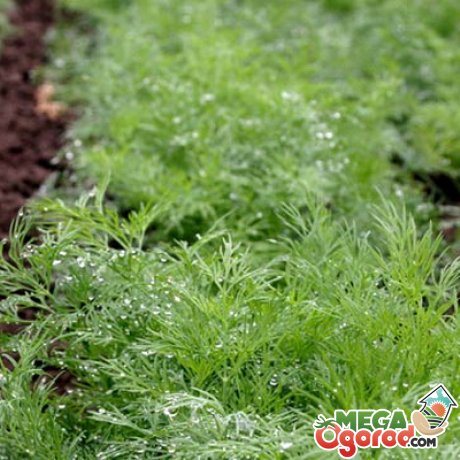

A very valuable crop for growing in a greenhouse is dill. It is healthy and gives every dish a summer flavor. Dill is less demanding on the temperature regime, 15 ° C is enough. To control the temperature, devices are installed that determine the temperature not only of the air, but also of the soil. Seeds are prepared for sowing, keeping for 12 hours in a weak solution of potassium permanganate. The essential oils covering the seeds will soften and it will be easier for the sprout to break through. Sow 3 cm.
To provide the dill with the right moisture, the dill is regularly sprayed with warm water.
The same plants are watered.The soil should be moderately moist before germination. Greenhouse ventilation should be done very carefully. The resulting draft can ruin the crop. Dill grows to harvest 40 days. They feed him with nitrophosphate, introducing it into the furrows when planting. During germination, the plant quickly absorbs phosphorus. It is better not to use nitrogen fertilizers so that the amount of nitrates does not exceed the permissible limits.
It is better to take varieties of an average ripening period. It:
- Lesnogorodsky
- Abundant
- Bushy
In an unheated greenhouse, dill can be grown until November. In the spring, it is necessary to carry out a number of measures to increase the temperature of the soil and air inside the greenhouse. This is the covering of the area around the greenhouse and the soil inside it with black geotextiles. Double covering with a film will help, the use of stones that heat up from the sun during the day and give off heat in the evening.
Secrets of growing and marketing greens
Growing greenery is beneficial in that even in a small greenhouse, you can equip racks that will make the most of its usable area. In addition, in a year, with careful care of the beds, you can get 4-6 harvests of greenery. The price, of course, fluctuates throughout the calendar year, the most expensive greens are in winter, but in order to grow it, you need to work hard, because at this time the plants need to artificially make up for the lack of light and heat. It is most profitable to grow greens from early spring (or even from February) to late autumn, using natural solar heat and the peculiarities of thermal greenhouses to keep it for a long time.
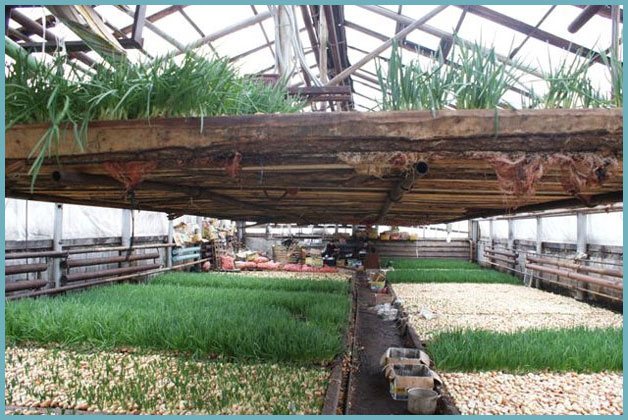

To increase the usable area of the greenhouse, the racks for greenery are placed in several tiers.
The most popular herbs in Russia are onions (feathers), dill, parsley, basil and lettuce. These plants are unpretentious and will grow in any conditions. But for profitability to be at its best, you need to know some secrets. It is better to choose one or two crops as the main ones, and grow the rest additionally at the time of their greatest demand.
Crop types and profitability
Since different types of greens are tasty and healthy seasoning, they are always in great demand. Greens are included in the traditional dishes of almost all peoples of the country, so they are always in demand:
These crops tolerate low temperatures typical of most regions of the country, which implies sowing them in open ground. Most often, parsley is grown from seeds. The technology is quite simple, it involves keeping the planting material in a humid environment for five days, and after germination, they are transferred to a colder room. There they have to spend another week.
After planting, they germinate faster and tolerate temperature changes better. According to the sowing rate for 10 sq. m requires up to 20 grams. Stacked at an obtuse angle to a shallow depth. The distance between the seeds is up to 5 cm. After planting, it is necessary to water abundantly, and the soil should be compacted.
With the organization of proper care, up to 6 kg can grow per square meter. In the cold season, a kilogram of parsley can be obtained from 180 rubles.
Dill is a little harder to grow. It is planted in beds in the furrows laid in advance. Seeds are spread to a depth of three centimeters. The seeding density corresponds to parsley, and tolerates temperature extremes worse. Below 15C it may not withstand. However, the harvest is rich. In winter, regardless of the region of sale, you can get from 200 rubles per kg.
Spinach can be planted in early spring. It is not recommended to put seeds deeper than one and a half centimeters. The first crop appears in a month. Resistance to extremes makes it possible to grow until autumn.
The business of growing greenery involves picking up early-maturing and hardy varieties. If different crops are grown at the same time, the seeding order must be observed.
Growing onions as a business
Feathers are a very popular spicy herb, versatile for all kinds of dishes. To get the best harvest possible, you need to choose the right variety. Onions are spicy, semi-sharp and sweet. The peninsular is considered to be the most profitable for cultivation for sale. Although the ripening period is inferior to the acute one (about 120 days), it surpasses the growth in the mass of greens, and this is an important fact in calculating profits. From 1 sq. soil, you can collect up to 2 kg of onions at a time.
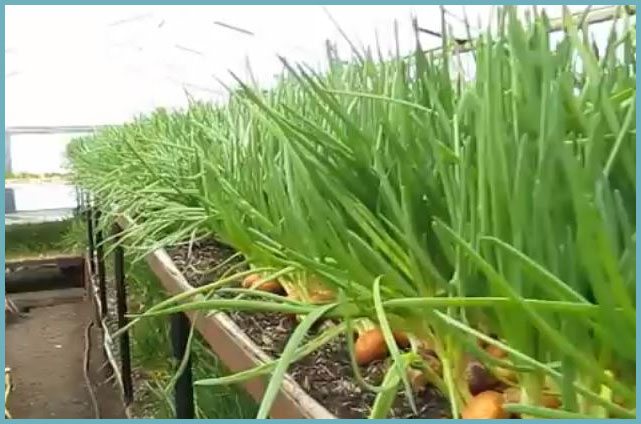

Onions are one of the most popular types of greens
Both sets and black onions can be used as seed material. If the sevok immediately sits in rows with a distance of 4-5 cm, then the Chernushka is evinted with a solid carpet, and then peel into the heated ground. If there are free beds, another batch of seeds is planted in two or three weeks, and so on until autumn.
Important! It is best if two or three greenhouses are located on the site, in which case it is possible to ensure continuous production of greens for sale in several stages all year round.
Benefits and Potential Risks
Profitability is assessed based on the size of the business. For large and successful entrepreneurs with a well-established sales market, it reaches 65%; at the initial stage is 20-30%; on average, a little more than 40%. Among the advantages are:
- inexpensive planting material;
- ease of cultivation and unpretentiousness of crops;
- year-round demand, increasing in winter and spring;
- compactness: does not require large areas, expensive equipment;
- fast payback;
- the ability to collect 4-5 harvests per year.
However, building a business on greenery is risky because:
- high production costs;
- products are not stored for long;
- the crop can die from diseases and pests;
- the costs of heating greenhouses are significant.
Dill is an unassuming but profitable product
Dill can be sown in the ground, which has warmed up to only 2-3 degrees, so it will give the earliest harvest, especially if you pick up its super-early varieties. Dill is also beneficial because you will have to buy varietal seeds once. Subsequently, you can collect your seed. Dill seeds do not have the ability to degenerate, unlike the seeds of most vegetables, which have to be bought every 2-3 years for the sake of the purity of the variety. You need to sow seeds not too thickly, in rows every 10-12 cm. In this case, the shoots will have enough light and heat. Dill loves regular watering, as well as loosening the soil.
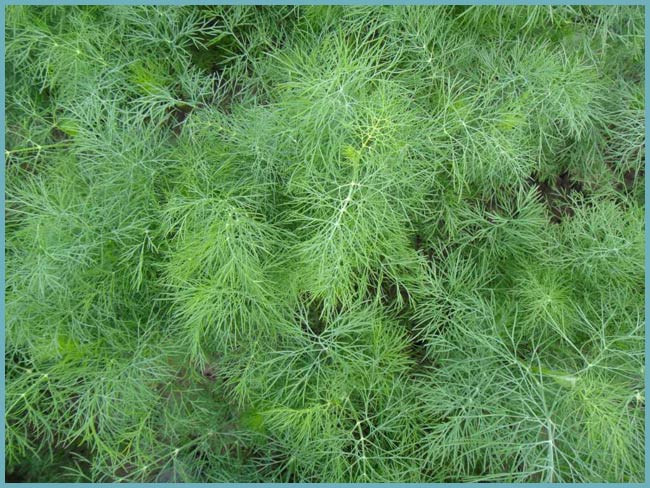

Dill is very easy to grow
Which plants are more profitable to grow
The basis of the business is the cultivation of greens of dill and onions. These are the most demanded and profitable
plants. It is also advisable to plant:
- parsley (leafy, since the root is not in demand);
- salad (green and leafy, watercress);
- spinach;
- cilantro;
- sorrel;
- celery (leaf, root and petiole).
Before sowing, the seeds are briefly soaked in water. They are planted in rows (in a limited space - in a checkerboard pattern) to a depth of no more than three centimeters. The seeding density indicated on the packaging must be observed.
Before buying seeds, you need to familiarize yourself with the reviews of a particular variety. They have proven themselves well: Uzbek dill, Prima and Kucheryavaya parsley, Vulkan onion, Curly celery, Lolla Rossa salad and New Year's.
After receiving the first harvest, the seeds can be grown on their own, changing the variety every two to three years to avoid degeneration.
Greens require less attention than vegetables or fruits. Many varieties are cold resistant. But minimal maintenance is required: watering, loosening, weeding and feeding. The order of planting should also be observed. With a rational crop rotation after harvesting one plant, another is planted in its place.
Here are some tables to help you navigate when planting.
Table 1. Terms of planting dill
| Sowing time | Harvest time |
| from 1 to 5 March | from 15 to 20 April |
| from 15 to 20 April | from May 25 to June 1 |
| from May 25 to June 1 | from 5 to 10 July |
| from 5 to 10 July | from 15 to 20 August |
| from 15 to 20 August | from September 25 to October 1 |
Table 2. Dates for planting onions
| Sowing time | Pick time | Harvest time |
| from 1 to 5 February | from 1 to 5 March | from 20 to 25 April |
| from 15 to 20 March | from 20 to 25 April | from 10 to 15 June |
| from 1 to 5 May | from 10 to 15 June | from 1 to 5 August |
| from 20 to 25 June | from 1 to 5 August | from 20 to 25 September |
Table 3. Planting sequence when growing several types of plants.
| Plant | Sowing time: |
| Basil | from May 10 to June 10 |
| Mustard leaf | from April 10 to August 10 |
| Cilantro | from April 20 to August 10 |
| Watercress | from April 10 to September 10 |
| Onion sets | from March 30 to May 10 |
| Leek | from March 10 to May 30 |
| Onion | from April 15 to May 10 |
| Melissa | from April 20 to May 20 |
| Mint | March, April, September |
| Parsley | March, April, October |
| Radish | from April 10 to May 25 |
| Salad | from April 10 to August 20 |
| Leaf celery | from May 1 to June 10 |
| Asparagus | from May 1 to July 10 |
| Dill | from April 1 to July 31 |
| Sorrel | from April to June |
| Spinach | from April 10 to July 20 |
On average, 3 kilograms of greens are obtained from one square meter. Based on these numbers, a business plan will be calculated.
Harvesting, storage and transportation
The disadvantage of growing greens in a greenhouse as a business is the tenderness of the product and its fragility. Greens very quickly lose their presentation, so you need to be very careful with them when harvesting.
Before that, you need to generously water the beds on which you plan to collect greens, and only after 5-6 hours start. To easily free the greens from the ground, it is better to dig in the roots with a spatula. The feather of the onion is covered with a wax layer that protects the surface from damage and drying out. In order not to damage the stem and prevent it from losing its presentation, you need to hold the onion by the base at the very head. After collecting, the remains of the soil are carefully removed from the greenery, the roots are washed with water.
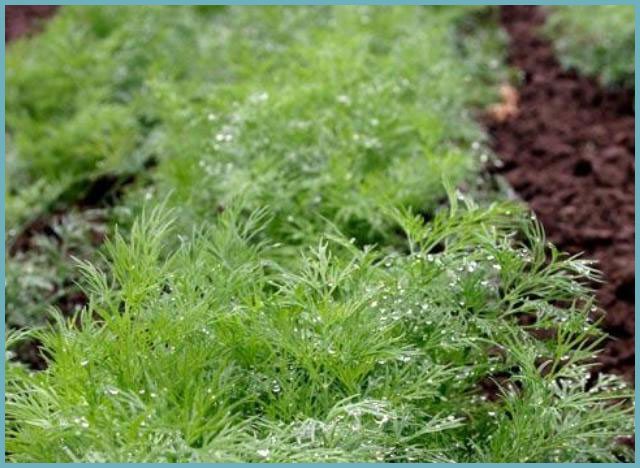

Provide measures for the correct transportation of herbs to the point of sale
It is recommended to store and transport greens to the point of sale in waterproof containers, laying the bundles with the leaves up, pressing them tightly to each other. For longer storage, water with special additives is added to the container.
Important! It has proven itself well as a maintenance solution of 1 liter of water and 1 aspirin tablet.
Greenhouse business: market overview and expert advice
The organization of a greenhouse business begins with determining:
- what to grow
- where to sell
- what type of building to do
Greens in the greenhouse
This business area is constantly changing, new technologies appear, equipment becomes more expensive, so it is important to keep track of current processes all the time, and draw up a detailed business plan before starting work.
After assessing the general situation in the region in the greenhouse business, it is important to determine for yourself whether it will be a seasonal or permanent type of business. For the seasonal, the use of ordinary farm devices is suitable; for the year-round, you will need to equip industrial ones, with heating and lighting.
Even before starting work, it is important to think over sales routes and establish links with wholesalers, if you do not intend to sell products on your own in the market.
In the case of building a year-round greenhouse, you will have to obtain project documentation for it, including external networks. The document stipulates the specification for all equipment. Thus, you can find out exactly what the equipment will cost.
It is necessary to indicate where the greenhouse is located, what area it occupies and what exactly will grow there. You will also have to indicate the method of growing, be it hydroponics or aeroponics. You should also roughly know the amount of harvest per square meter per year, and the prospective buyers.
Thinking over the purpose of a business project, it is important to take into account the demand in the nearest settlements. The ability to sell products in nearby cities significantly reduces transportation costs.
According to the recommendations of experts, the cost of launching a greenhouse economy will also have to be calculated at the beginning. All expenses should be included in the total result: from the purchase of equipment and seeds, to production costs. They inevitably happen, since all the nuances still cannot be foreseen, which means, according to experts, they must calculate the possible costs before the first income.
Entrepreneurs who have organized a greenhouse business recommend assessing the technical side of production before starting work. To do this, it is important to consider the degree of distance between communications and the proposed construction site of the greenhouse. All pipes will have to be pulled out at their own expense, so it is better to include the expense in the estimate.
It is necessary to find a place for the greenhouse, where it will be easy to organize access roads. Experts recommend renting or buying in case of land shortage, although in this case it may be more profitable to purchase prefabricated greenhouses, with which you can move to any place if necessary.
When organizing heating, you should pay attention to the newest technology, since it can be effective, and in this case you will have to get rid of the old one. Experts also recommend postponing a certain amount for the introduction of new technologies that may appear after production is launched. Such a measure will make it possible to compete until the greenhouse pays for itself.
Quick realization of the harvest of greens is the key to business success
For the success of this type of business, it is not enough just to grow greens - you also need to quickly sell them. For this, an entrepreneur must establish his own sales markets. It is good if there is a wholesale buyer who will pick up the entire batch of the grown at once, perhaps even by self-pickup. Perhaps it will be a little cheaper than in retail outlets, but the risk of crop loss is minimal. If this option is not available or is not suitable, you can look for business partners among restaurants and cafes, organizations selling ready-made meals, chain stores and supermarkets. If the turnover of goods is not too large, then you can arrange your own outlet on the agricultural market.
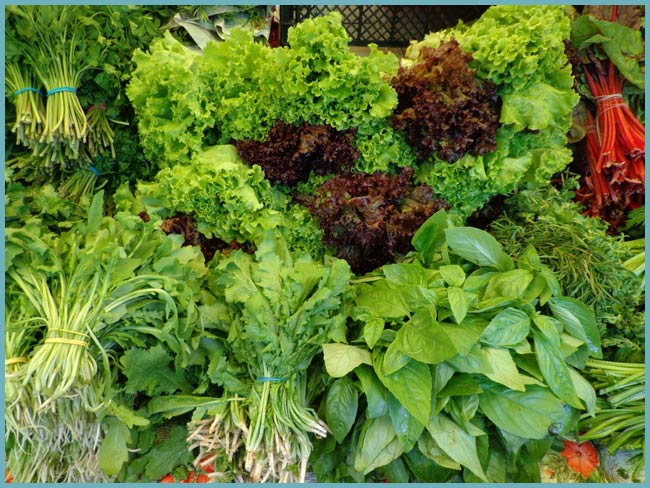

Grow as much greenery as you can sell quickly and profitably
Success is ensured if the main task of the greenhouse entrepreneur is the quality and freshness of the supplied goods. Selection for sale of the highest quality greens grown without the use of chemicals, timely removal of substandard (sluggish or yellow leaves), sorting by leaf size and a reasonable price of the products sold - this is what can attract a new buyer and make him permanent.
What greens are best to grow
Which is better: parsley, onion, cilantro, sorrel, radish or pea beds? Should you choose one crop or grow several? You need to solve these questions at the stage of drawing up a business plan.
Let's take a look at the features of the most popular crops.
Green onions
It is unpretentious, growing rapidly. Some varieties bear fruit all year round. There are spicy and sweet onions. The sweet ones take longer to grow, but they are in great demand. This plant is not difficult to grow even on a windowsill in an apartment or on a balcony, therefore, choosing an onion, be prepared to face serious competition.
Forcing onions on a feather requires a large cultivated area, since the distance between the bulbs planted for greenery must be at least 10 centimeters.
Parsley and dill
These crops are sown with seeds. Parsley is two years old, that is, it bears fruit for two years and gives seeds, which are harvested and sown again. Dill gives a bountiful harvest. Gardeners get up to 6 kilograms of greenery from one square meter.
The planting density of these crops (distance between seeds) is 5 centimeters. Parsley and dill are thermophilic and love sunny weather. On cloudy days, they will need additional lighting.
Salad
It is the most profitable and fastest growing crop. 25 days after sowing, a real "green fire" in the beds is guaranteed. There are several types of salad: watercress, arugula, lettuce, frisse, curly or curly salad.
They need regular watering, do not tolerate heat well.The most popular type of salad is leaf. It is cut off when the leaves are still small. Bushes after pruning need feeding.
Sorrel, celery, basil
Celery loves well-fertilized, loose soil. Bravely endures the coolness. Loves abundant watering. Its main drawback is the long ripening of seeds, cut leaves quickly deteriorate. Daylight hours affect the growth of celery. If you want to get the harvest as soon as possible, do not skimp on lighting your greenhouse.
Sorrel grows in one place for 2-3 years. The first leaves appear 12-14 days after sowing the seeds. Grown in the open field, in a greenhouse. It is in maximum demand from buyers from February to May. In the summertime, demand falls.
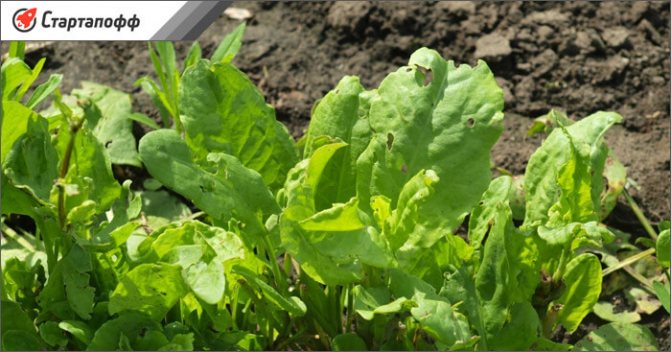

This is how sorrel grows
Basil is sensitive to temperature. Loves warmth, does not tolerate heat well. It is advisable to ventilate the greenhouse with it regularly. The leaves of the plant are for sale, which must be carefully cut off so as not to pull out the stem by the root. Basil is not demanding to care for and bears fruit well.
Spinach
It is planted in early spring. Fruiting within a month after sowing. The leaves sell well in the spring. In the summer, there is a decline in consumer interest. A new wave of buyers' activity is late autumn. The plant gives a harvest for a long time.
By planting a second batch of seeds in late May or early June, you will be supplying customers with fresh, vitamin-rich greens until December.
How to grow greens for sale: photo
Agricultural technology for growing parsley in a greenhouse for sale
There is a demand for parsley all year round. At the same time, the business can also be equipped all year round. To do this, you will need to equip a winter greenhouse and comply with a number of business plan regulations.
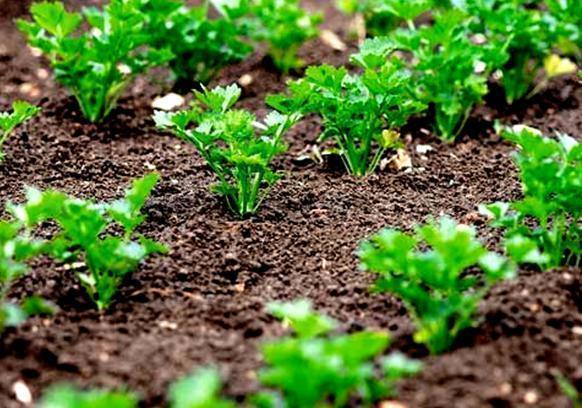

The nuances of growing parsley:
- You must first establish trade relations;
- The winter greenhouse must have lighting and heating;
- Seeds can be obtained independently or purchased;
- It is necessary to familiarize yourself with the plant's requirements for microclimate and care.
Only by knowing the agricultural techniques of parsley can you properly organize a regular sale. You can only sell fresh-looking greens. The maximum shelf life of a plant in a cool place is a week. For a good income, you need to harvest the maximum amount of the crop.
Together with parsley, you can grow a feather of onions, dill, lettuce. This will increase profits, and bunches of different greens are in greater demand.
First you need to familiarize yourself with the classification of the plant. Parsley is leafy and root. Both species are quite valuable in terms of vitamins, but the root has a valuable root crop. Leaf parsley can be different in leaves: smooth or corrugated. The first option has a more intense smell.
Parsley seeds sprout slowly. Before sowing, it is necessary to bring them to the stage of hatching and only then sow. The first crop can be harvested after a couple of months, then the products will be ready for sale every month.
The optimum temperature for seed germination is 3-4 degrees. But greens should grow at a temperature of 15 degrees. Watering should be moderate. Top dressing should be done 2 times during the parsley growth period.
Registration and taxes
While you are growing greenery on your personal plot or in an apartment, you can not arrange your business in any way. But you will not be able to fully sell your products. You will have one way - to sell it to dealers, and this is not always profitable.
Therefore, when you turn around and start producing a large number of products, you should register as an individual entrepreneur with OKVED coding - A.01.12.2. In this case, you will become an entrepreneur engaged in agricultural production, and you will be able to choose for yourself a special form of taxation - Unified agricultural tax.
Unified agricultural tax is a unified agricultural tax that replaces all other forms of taxation and has a low rate of 6% of net profit.
Salad
For early lettuce, choose early maturing, leafy varieties. They can be conditionally divided into several groups.
- Varieties that bloom quickly and form a small rosette of leaves: Moscow Greenhouse, New Year.
- Varieties with a whole leaf and a large rosette weighing up to 300 g. Choose according to your taste: with green leaves - Geyser, Orpheus; with red fire, Skorokhod, Barbados.
- Varieties with a lobed leaf and a large rosette: green Credo, Dubrava, Abracadabra; red - Fun, freesi Grant.
- Varieties with a strongly dissected leaf: green Yeralash, lollo Bionda; red and purple lollo Rossa, Canyon.
- Varieties that do not bloom for a long time, with a large rosette: Cupid (green), Sagittarius (with a purple tint). We sow lettuce on the prepared bed in rows. The distance between them is 15 ~ 20 cm. Fresh, high-quality seeds germinate quickly, so they do not need additional stimulation.
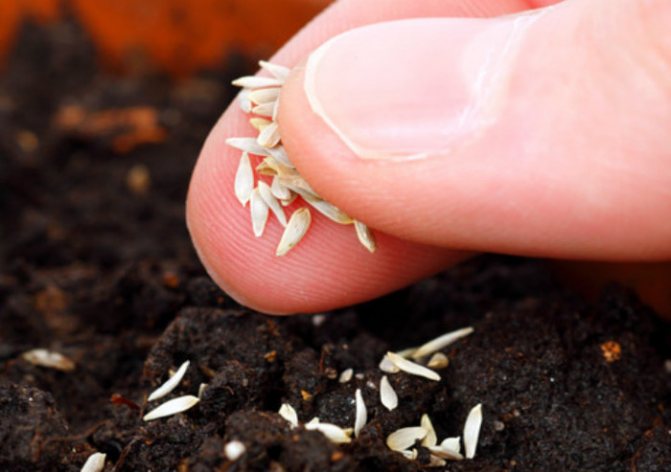

If the seeds have been lying for more than 3 years, they must first be soaked. Since the lettuce seeds are small, we embed them in the soil shallowly (by 1-1.5 cm) so as not to dry out. We moisten the grooves well before sowing. We sow pelleted and calibrated seeds at intervals of 2 cm in a row. After 15-20 days, when 5-7 true leaves are formed on the seedlings, we carry out the first thinning. The removed bushes can be used to make vitamin salads. In the next 2 weeks, we carry out selective, and then complete harvesting.

